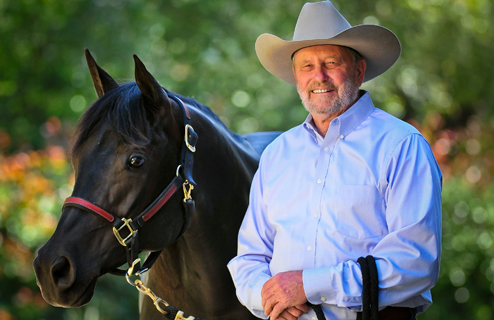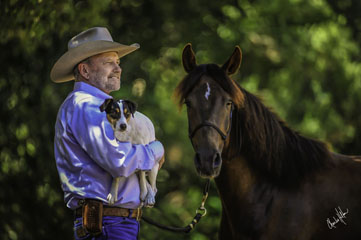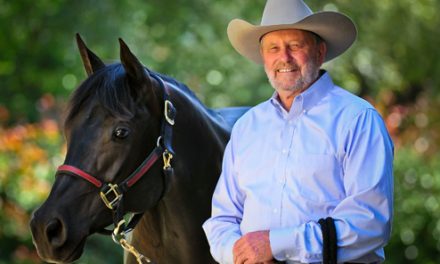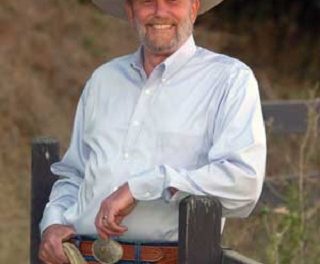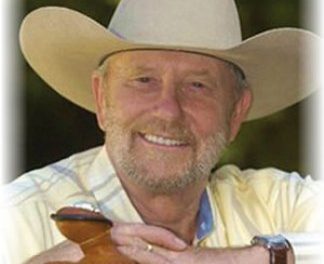 Recently, there has been a lot of discussion in the media about western or cowboy dressage. I have also seen comments on Face book regarding making it a discipline. According to one Western Dressage website, “Western Dressage is not just another class to enter, not just another skill to learn. It brings the English and Western worlds together. Whether we ride in a Stetson or Breeches, whether we work to perfect the piaffe or the sliding stop, we all can benefit from teaching our horses to carry themselves properly and use their hindquarters”. This is all very true. Western Dressage attempts to blend the principles of dressage with western riding. For more that twenty years now I have seen the principles of dressage benefit horses of all disciplines and have used the exercises in my foundation training. I have practiced and demonstrated bridging the gap between natural horsemanship and dressage. By thinking outside of the box, we can blend the skills of many disciples for a better-trained horse and increased performance.
Recently, there has been a lot of discussion in the media about western or cowboy dressage. I have also seen comments on Face book regarding making it a discipline. According to one Western Dressage website, “Western Dressage is not just another class to enter, not just another skill to learn. It brings the English and Western worlds together. Whether we ride in a Stetson or Breeches, whether we work to perfect the piaffe or the sliding stop, we all can benefit from teaching our horses to carry themselves properly and use their hindquarters”. This is all very true. Western Dressage attempts to blend the principles of dressage with western riding. For more that twenty years now I have seen the principles of dressage benefit horses of all disciplines and have used the exercises in my foundation training. I have practiced and demonstrated bridging the gap between natural horsemanship and dressage. By thinking outside of the box, we can blend the skills of many disciples for a better-trained horse and increased performance.
I have had the opportunity to work with great trainers like Major Miguel Travera. Stephen Peters has also visited here at the barn. They are both great dressage trainers and riders and, they use the natural horsemanship principles. They reward the horse by releasing the pressure and correct the horse always allowing a place for the horse to go. They build on that to get the performance they need. These trainers build skill in their horses by using dressage and natural horsemanship principles.
The principles that I like about dressage and have used over the last twenty years improve the quality of movement. Many times I have had a horse come in for training and the horse has a short stride, does not move off the leg, will not go forward or accept the bit and therefore the movement is choppy. This is not a quality movement. Does a reining horse need to have a rhythmic trot and be able to extend the trot in order to perform? No, but as a gymnastic exercise these abilities will improve performance.
We talk about the quality of movement and how light a horse can be using dressage methods but I have ridden many dressage horses over the years that are not light and are heavy on the forehand. Unless you work with a very skilled, knowledgeable trainer, your horse may not be as light as the dressage discipline requires. All disciplines should require lightness and engagement. These are the principles that are necessary for quality movement. I use the dressage principles along with gymnastic exercises to develop a rhythmic gait, cadence, acceptance of the bit, and obedience to the aids. I have seen the performance of a cutting horse improve by two to four points by blending the dressage principles with natural horsemanship concepts and methods.
I know that a lot of western horses are used to do cow work but if you look at the American Quarter Horse Association show book the classes include up and down transitions, small and large circles, stops, and turns on the haunches. The dressage principles can be applied to improve the quality of these maneuvers. There are a lot of good disciplines and by blending the types of training, you can have what I call a super horse. We have several horses here at the barn that are able to complete a dressage test, work cows, go in parades, do flag runs, and go up the trail. They are light and responsive to the cues. Because they are engaged and collected, they have a nice quality of movement.
It’s good to be a part of western or cowboy dressage, or as I call it these days, cowgirl dressage, because there are more women involved in this field than there are cowboys. Have fun with it and use the principles to improve the performance of your horse no matter what your discipline.

